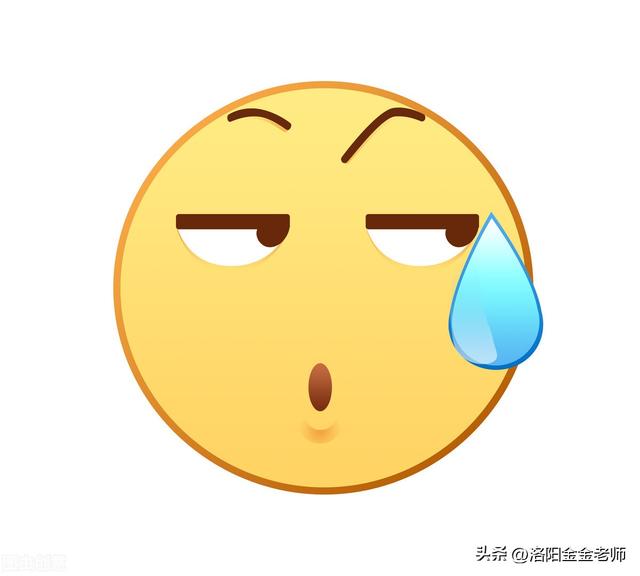在Python中,删除字符串中的空格、空行,tab制表符、行结束符等特殊字符的方法多种多样,比较灵活。常见的用法有删除字符串开始或末尾的空格,但也可以删除字符串中间的空格、还可以删除tab制表符、回车符等操作。删除不需要的字符,便于比较字符串。众所周知,excel中使用trim函数删除字符串首尾部的空格,但python中的字符串格式提供了lstrip()、rstrip()和strip()方法,实现类似trim的功能。
删除字符串开头的空格python的str 类型提供了一个删除字符串开头的字符串的函数:str.lstrip,调用这个函数不需要参数,就可以把字符串的开头的空格删除。
>>>' hello '.lstrip()
'hello '
但是如果只想删除开头的第一个空格,可以对该字符串进行切分,代码如下:
>>> s = ' hello'
>>> s = s[1:]
>>> s
' hello'
对于不能确定目标字符串的开头是否有1个以上的空格,就需要先检查:
>> def strip_first(s: str, ch: str = ' ') -> str:
if s and s[0] == ch:
return s[1:]
return s
>>> strip_first('hello')
'hello'
>>> strip_first(' hello')
' hello'
python的str 类型提供了 专门的函数:str.rstrip,这个函数可以指定要删除的字符串尾部的字符,如不指定字符,则默认为删除字符串尾部的空格,代码如下:
>>> ' hello '.rstrip()
' hello'
>>> '***hello***'.rstrip('*')
'***hello'
如果要求只删除字符串尾部的最后一个空格或字符,可以采用与上文所说的类似的方法,先要检查字符串尾部是否有1个以上的空格,代码如下:
>>> def strip_last(s: str, ch: str = ' ') -> str:
if s and s[-1] == ch:
return s[:-1]
return s
>>> strip_last('hello')
'hello'
>>> strip_last('hello ')
'hello'
>>> strip_last('')
''
可以用 str.strip 函数删除指定字符串中所有的空格或指定的字符,不仅包括开头或末尾的空格,也包括字符串中间的空格。strip()函数不指定参数,则默认为空格;strip('*'),则删除字符串中的 ‘*’ ,代码如下:
>>> ' hello '.strip()
'hello'
>>> '***hello***'.strip('*')
'hello'
可以利用 strip() 函数可以指定要删除的字符这一特点,指定要删除的字符为 “\n” ,即可删除一段字符串文字中的空行,操作如下:
>>> s = """
...
...
... hello
...
...
... """
>>> s
'\n\n\n hello\n\n\n'
>>> s.strip('\n')
' hello'
用strip函数删除字符串中的软回车符('\r')或硬回车符('\n'), 两者连接在一起 ‘\r\n’ 就形成新的一行,删除这样的行,就要删除回车符,操作如下:
>>> s = " hello world\r\n\r\n"
>>> print(s)
hello world
>>> s.strip('\r\n')
' hello world'
python中删除字符串中的制表符tab,使用str.strip('\t')即可,操作如下:
>>> s = "\t\t\t hello world \t"
>>> s
'\t\t\t hello world \t'
>>> print(s)
hello world
>>> s.strip('\t')
' hello world '
上文中,好几处地方都在使用str.strip()函数时指定了参数,该参数可以是单个的字符,也可以是多个字符,利用这一点,就可以使用该函数删除指定字符串中的某些字符串组合,示例如下:
>>> s = " \ns hello world \n s"
>>> s
' \ns hello world \n s'
>>> print(s)
s hello world
s
>>> s.strip('\n s')
'hello world'
有时候需要删除一句或一段文字中多余或重复的空格,单词之间只保留一个空格,这样文字就比较规范,示例如下:
>>> import re
>>> s = " Python is really a great language. "
>>> re.sub("\s " , " ", s)
' Python is really a great language. '
以上方法使用正则函数re.sub(), 把连续空格超过3个以上的片段字符,只保留1个空格。
还可以用split()函数先把字符串切分,再用join()函数连接,示例如下:
>>> s = " Python is really a great language. "
>>> " ".join(s.split())
'Python is really a great language.'
>>> # This is the same as using regex then stripping the whitespaces
>>> re.sub("\s " , " ", s).strip()
'Python is really a great language.'
与删除一个字符串中的空格或特殊字符的方法一样,只需要做迭代操作,示例如下:
>>> lst = ["string1\n", "string2\n", "string3\n"]
>>> [s.strip('\n') for s in lst]
['string1', 'string2', 'string3']
numpy工具包中不仅有.lstrip, .rstrip, .replace这样的字符串操作函数,而且还有更多的其他字符串操作函数,但是这与python内置的方法还是有点差别,numpy中使用nump.char函数模块,因此其参数必须是向量化的数组或字符的列表。用法示例如下:
>>> import numpy as np
>>> arr = np.array([' helloworld ', ' hello'])
array([' helloworld ', ' hello'], dtype='<U7')
>>> np.char.strip(arr, ' ')
array(['helloworld', 'hello'], dtype='<U7')
(本文完)






